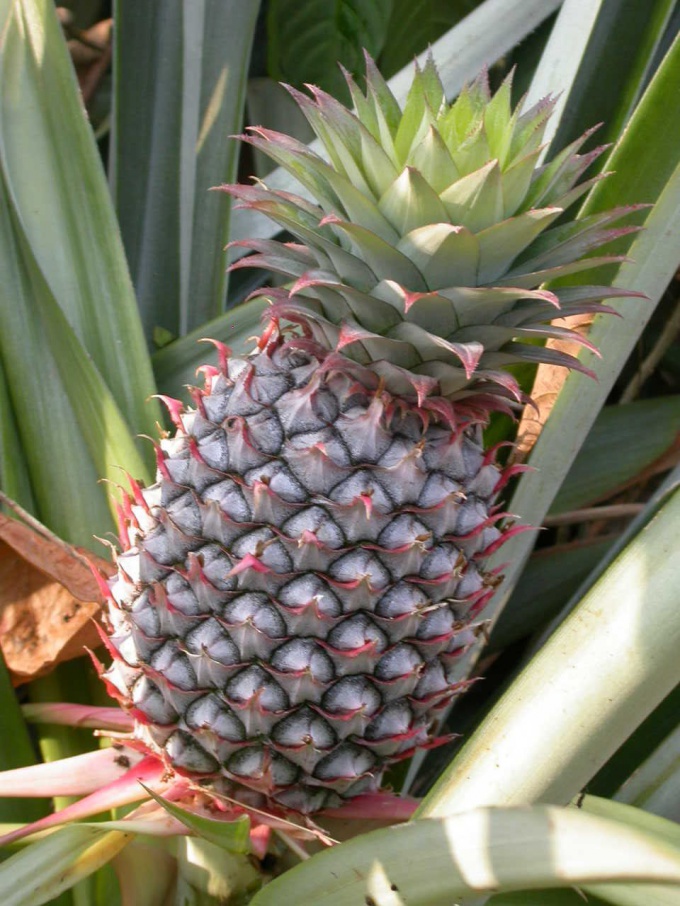You will need
- - The ripe fruit of the pineapple;
- - the ground;
- - pot;
- - glass or plastic film.
Instruction
1
Remove the seeds (they are small, yellow-brown, slightly curved like a sickle) from well-ripened fruit. Then rinse them in a weak pink solution of potassium permanganate and dry air.
2
Prepare the soil for sowing seeds. Take the ground sheet, peat and sand in equal proportions. Sow the seeds in soil to a depth of 1-2 cm. Pour the supernatant water at room temperature and the top cover glass or transparent film.
3
Place the container of seeds in a very warm room (the temperature should not fall below 20°C). The rate of appearance of the first shoots directly dependent on the temperature. The higher it is, the faster the sprouts appear. At 20-24°C seeds will germinate in a month and a half, with 25-27°C in about three weeks, and at 30-35°C the first sprouts will appear in two weeks. Seeds pineappleand germinate at different times, so you will need patience. Individual seeds can also germinate within six months.
4
Regular watering and spray small plants. Fertilize them twice a month with a solution of mineral fertiliser or poultry manure (15-20 g per liter of water). On very hot days the young plants hide in the shadows from direct sunlight. In addition, seedlings gradually accustom to the more dry air, the daily opening of film or glass cover.
5
As soon as the leaves reach lengths of about six inches, raspakirati them in loose soil. Prepare it from equal parts of leaf soil, peat, well-rotted humus and sand, add a small amount of charcoal. Fit and ready the soil for orchids or bromeliads.
6
Pineapple constantly requires good nutrition, especially nitrogen is essential. Every two weeks water its infusion of mullein, this will be enough as it contains all essential trace minerals.
7
Continue to care for the pineappleohms, and in a few years you will be able to enjoy a fragrant fruit, grown with their own hands.
